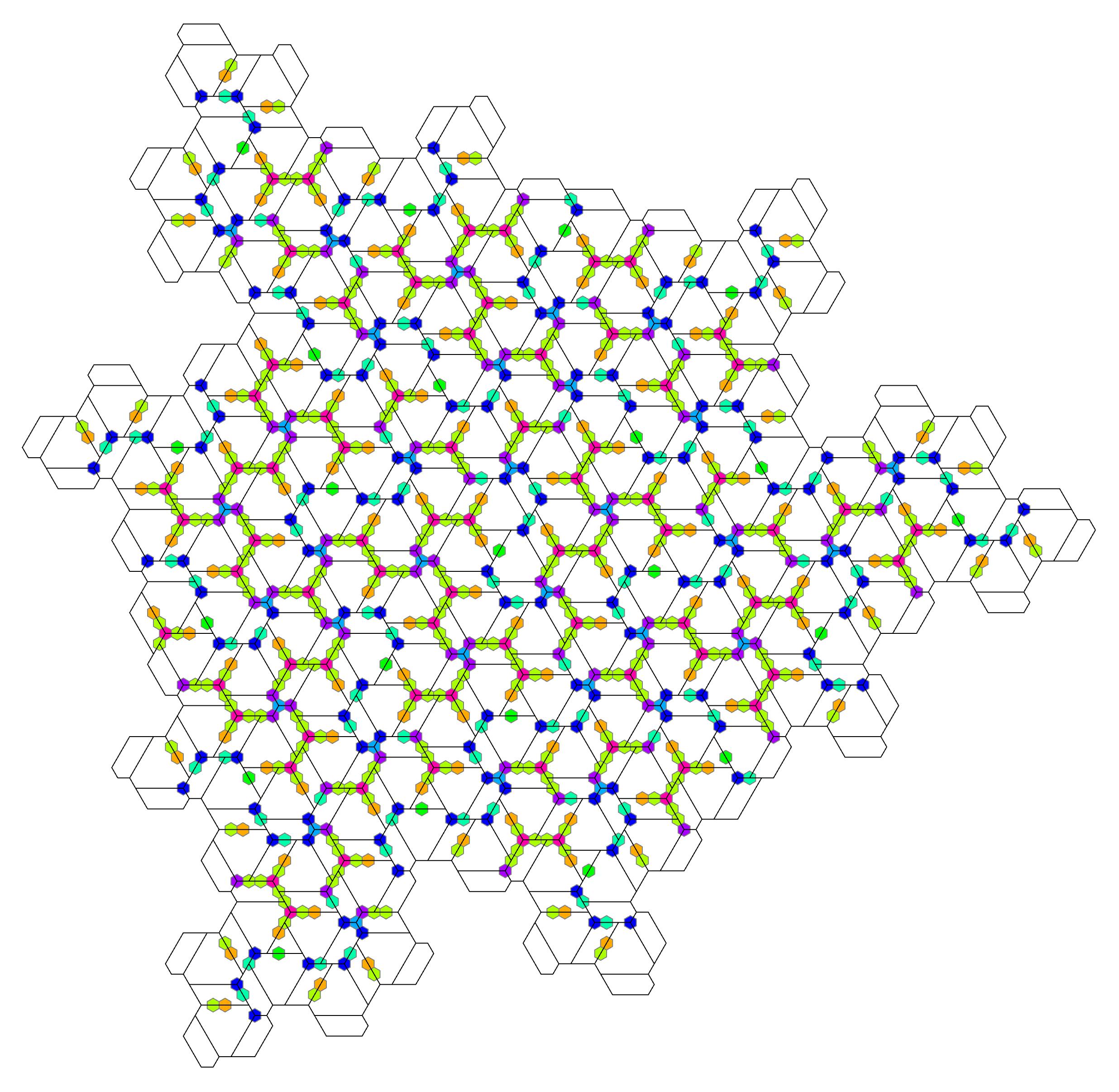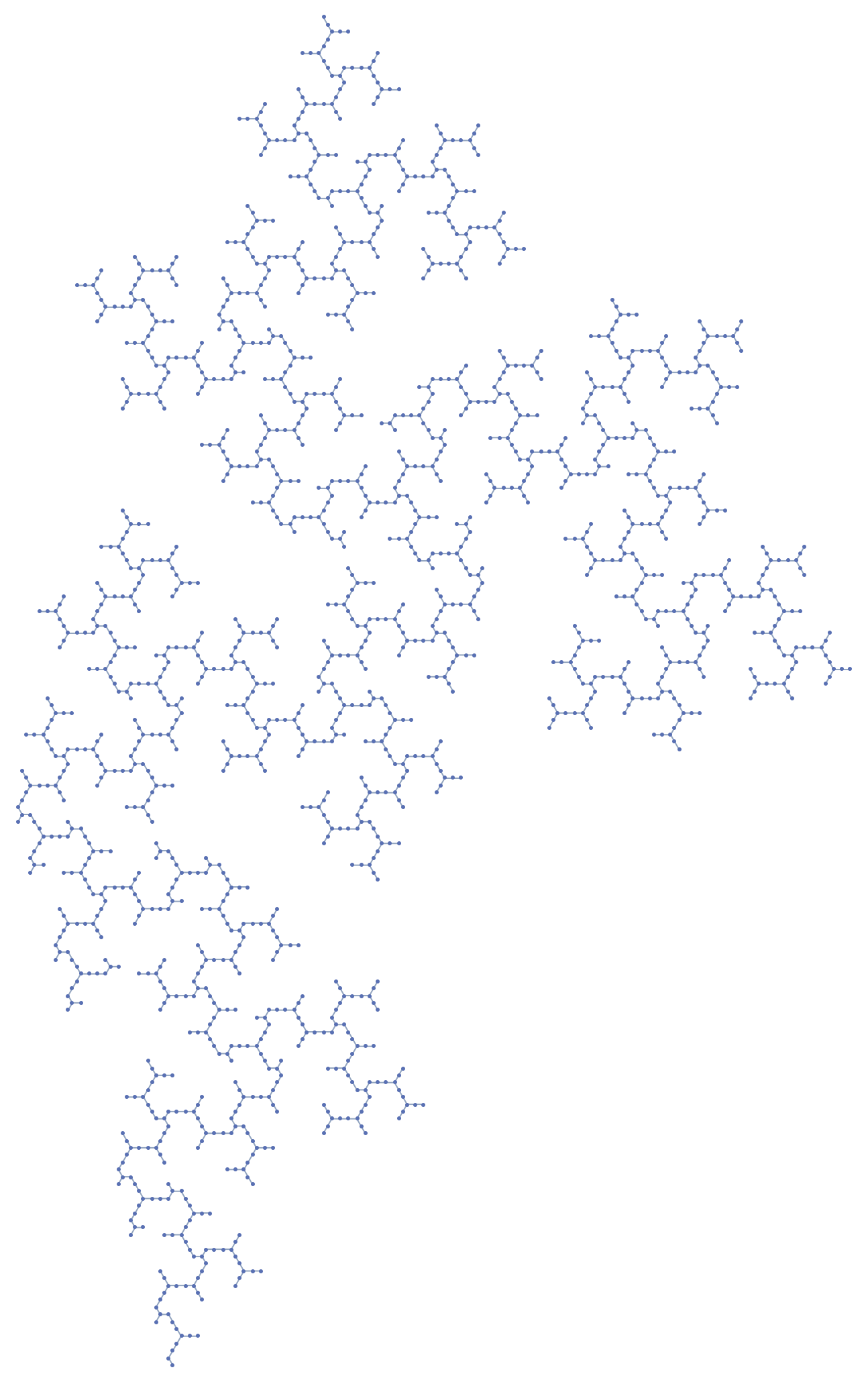After a few hours computing overnight, we now have two more terms by brute force:
1, 2, 9, 13, 53, 72, 295, 392, 1623
And it's very likely these numbers are determined by the following conjectural function:
TrialityTreeVertexCount[ind_] := Module[{inf, infm},
inf = {
1 -> {1, 1, 2, 2, 2, 8},
2 -> {1, 2, 2, 2, 2, 8},
3 -> {1, 1, 2, 2, 2, 2, 4, 7, 8},
4 -> {1, 2, 2, 2, 2, 2, 4, 7, 8},
5 -> {2, 2, 2, 2, 2, 2, 8},
6 -> {5, 6, 6, 7},
7 -> {5, 6, 7, 7},
8 -> {5, 7, 7, 7}
};
infm = Outer[Count[#2, #1] &, Range[8], inf[[All, 2]], 1];
Riffle[
Total /@ NestList[Dot[infm, #] &, {0, 0, 1, 0, 0, 0, 0, 0}, ind],
Total /@ NestList[Dot[infm, #] &, {0, 0, 0, 1, 0, 1, 0, 0}, ind]
]
]
TrialityTreeVertexCount[10]
Out[] = {1, 2, 9, 13, 53, 72, 295, 392, 1623, 2137, 8903, 11676,
48793, 63878, 267321, 349693, 1464365, 1914924, 8021215, 10487564,
43935927, 57441265}

